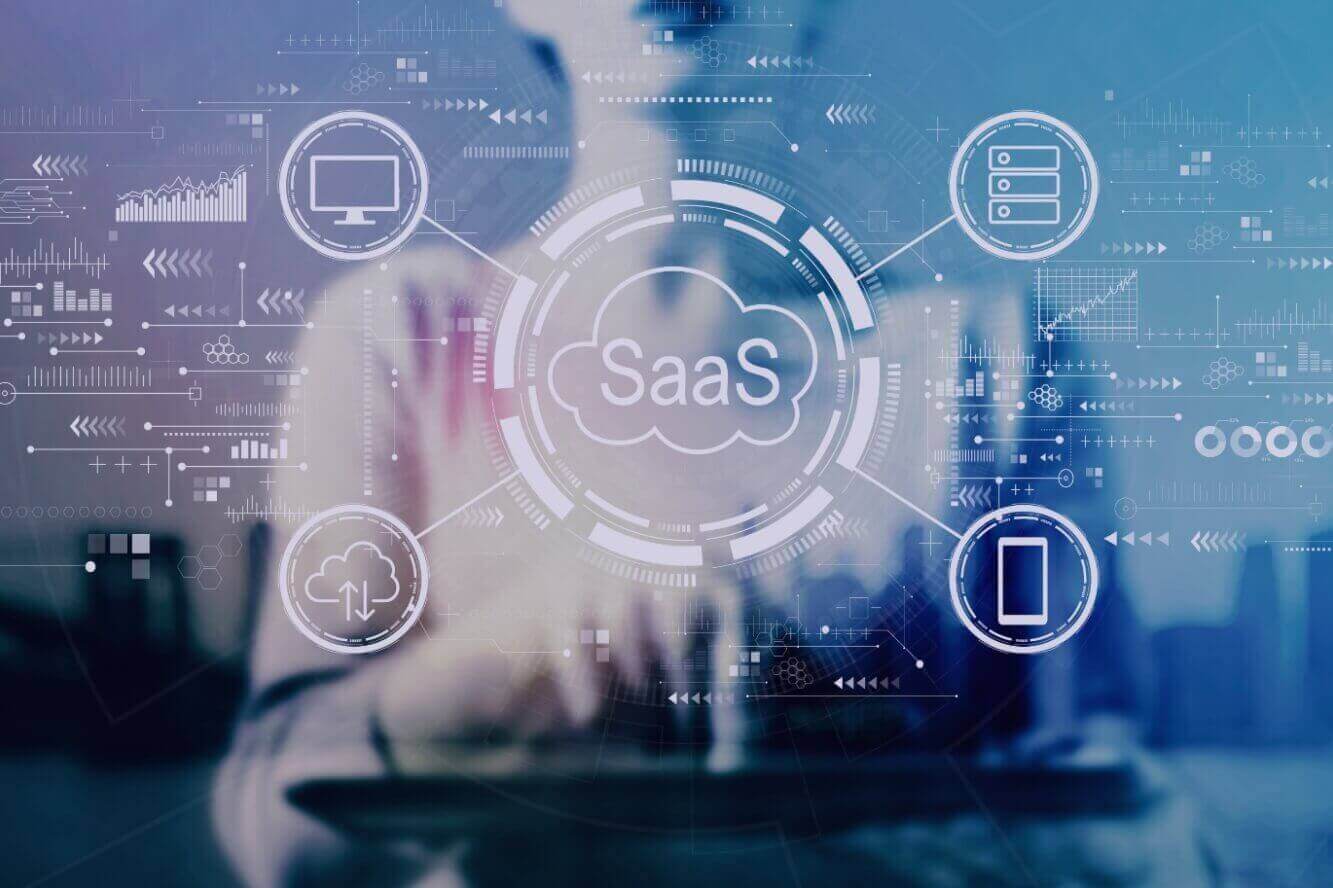Blog Web Development
Guide to SaaS Application Development

A web-based program that replaces offline software is known as a SaaS application. Its subscription-based, on-demand nature eliminates the need for your clients to install it locally on their devices or upgrade the hardware required to run it. Clients typically access SaaS solutions via an internet browser or other APIs from linked devices, with the software supplier handling all maintenance. A third-party cloud-computing service typically maintains its infrastructure. SaaS has a 37% cloud shift rate through 2020, which is three times higher than PaaS (Platform-as-a-Service) and IaaS (Infrastructure-as-a-Service) (Infrastructure-as-a-Service). According to BetterCloud, more than 75% of businesses want to make 80% of their business apps SaaS in the next five years.
When developing a SaaS application, there are a number of aspects to consider. The following are the steps involved in developing SaaS applications:
Engineering – It is the most time-consuming aspect of SaaS software development. Building a SaaS application from the ground up takes months and a team of professionals who are all focused on their area of expertise.
Design – You can’t just start constructing cloud applications without first designing them. Yes, you can, but it will cost you dearly since you risk developing software that is unreliable and full of superfluous, erroneous features if you don’t design the answer first. The software architecture paper, user stories, style guidelines and mockups, and occasionally even a functioning prototype are all produced during the SaaS design process, which has numerous cycles. The next stage is to decide on your software development stack, which will serve as the foundation for your web app.
Partition – You must divide your software’s data into distinct data stores to provide for future changes to the software, such as scaling and enhancing performance, operational flexibility, and increased security. It’s easier to manage each segment separately without having to deal with the complete database’s complexity. There are various partitioning schemes, such as horizontal, vertical, and functional, each with its own set of benefits and drawbacks.
Deploy – Everything in your product should be in place so that users can use it, access rich documentation readily, and get in touch with your support team immediately away. To keep it that way, deployment must be automated in the same manner that a factory’s production line is automated. Software updates are delivered in real-time, as soon as they are ready.
Testing – Before and after the release date, SaaS software testing ensures that it satisfies your and your users’ expectations, as well as having as few issues as possible. To fully cover the program, it’s a good idea to include both human and automated testing methodologies in your quality assurance process. Additionally, beta testers can assist you in uncovering some non-trivial use cases that you may not have considered. This procedure might also include a cloud security evaluation.
Managing – The development team functions best when all they do is code and test, with a manager overseeing and guiding them through the process. Managers are the best at determining which work should be assigned to whom and who isn’t yet qualified to perform more senior-level responsibilities.
Optimizing – Costs, tenant experience, availability and performance, scheduling, and bulk activities are all factors to consider while optimizing SaaS setups. If you need to optimize something, make sure you do it after you’ve scaled the image to the correct size. Then it’s a matter of determining what your program needs to function properly, as well as ensuring that you have enough servers and databases to accommodate your user base.
Migrating to Cloud – Unless your SaaS development framework was built from the ground up to be cloud-based, you’ll need to migrate it. You can choose from a variety of migration alternatives depending on your server type, amount of data, and tolerable downtime.
If you decide to commit your project to a SaaS based application development firm, be sure they have relevant experience and intimate knowledge of what they’re doing. You won’t have to go far; IBR Infotech is your best option. We integrate all of the needed components for a successful solution with our end-to-end approach to SaaS application development services: mobile apps, web apps, cloud hosting, APIs, and efficient data storage. Our SaaS software development team adheres to modern software development processes in order to create SaaS products as rapidly as possible while maintaining product security and quality.



